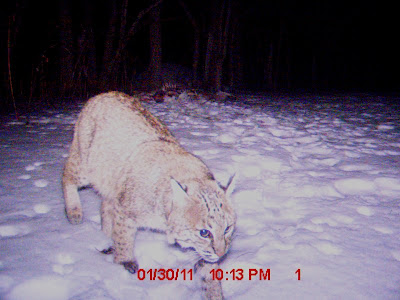Sometimes, when I can't think of anything to write, it's time to do something less verbally demanding, like sewing. I've been practicing my serger skills, and went out in the snow this weekend to photograph some recent projects. Overlocking small pieces of fabric together creates enough yardage to make these underbritches out of small jersey scraps and old tee-shirts with cool graphics. (That's a big green praying mantis on the far right.)
Overlocking jersey knit seams is fairly straightforward, but I've had some trouble attaching lingerie elastic using the serger. The overlock stitches stretched out the elastic and it didn't snap back, producing sadly drooping drawers. Serger books I've seen suggest flatlock stitch for elastic, and this looks alright, but it doesn't seem very durable.
This time, I used an overlock stitch and played around with the stitch length adjustment. A long stitch length means fewer stitches per inch, and less damage to the elastic. Sure enough, overlock at maximum stitch length gave a tidy finish, and allowed the elastic to retain its snap.
Overlocking alone attached the elastic adequately, but I've noticed that ready-to-wear lingerie often has the elastic turned under and stitched down with a multi-stitch zig-zag, for a more delicate look, so that's what I did here.














































